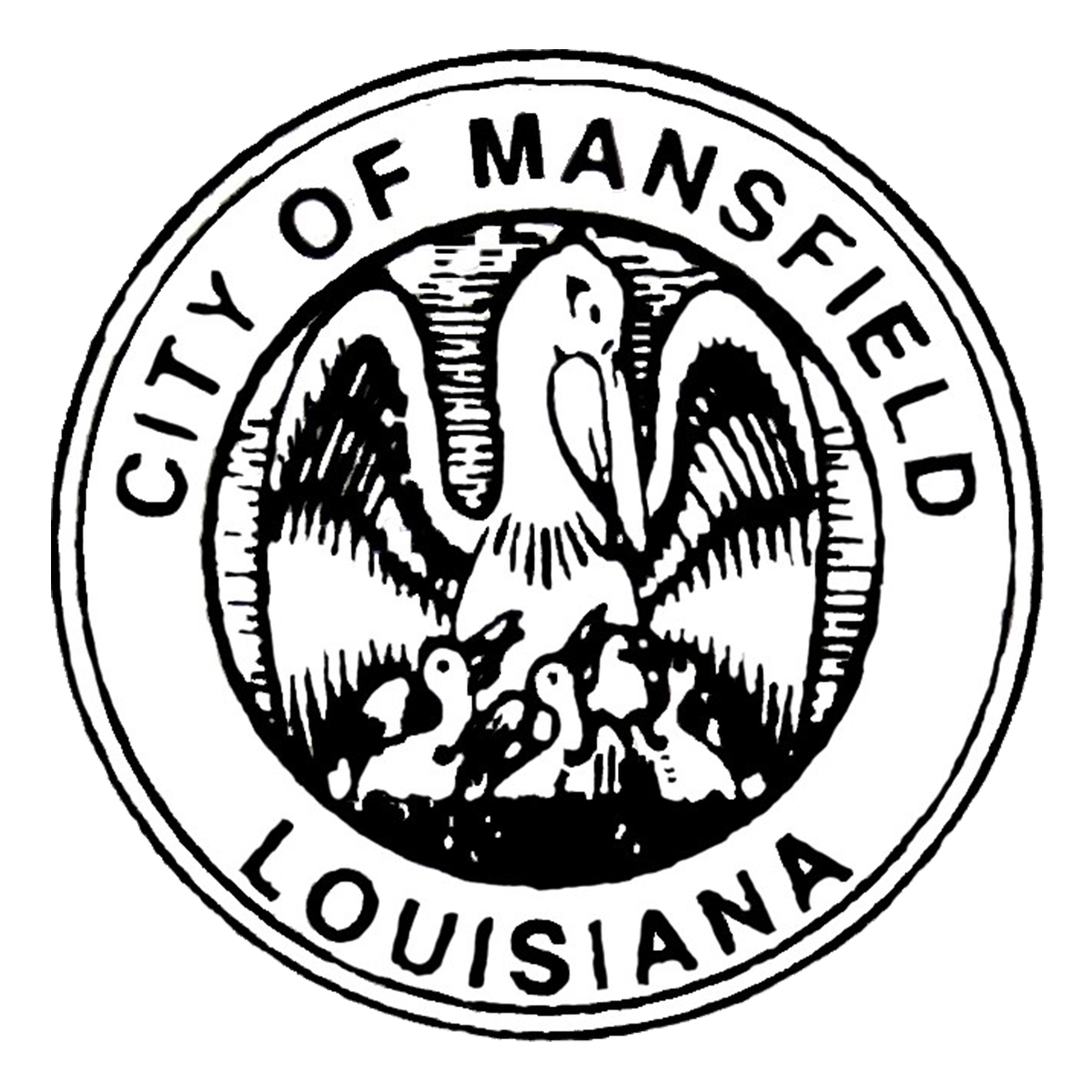Emergency Preparedness
7 Steps to Emergency Preparedness
Create a Plan of Action and Know what to do
Find out what can happen in your area. Learn what to do before, during and after every disaster.
Create a Disaster Plan for your family and business include:
Evacuation
Meeting places for family members
Out of state contact person
Post your Important Phone Numbers.
Review the check list “How Safe is Your House?”
Know how to shut off your utilities.
Know how to “Report an Emergency.”
Practice and Maintain your plan.
Prepare items for Quick Action
Prepare a 3 Day Evacuation Kit.
Have a 1st Aid Kit.
Have at least ½ tank of Gas in your vehicle.
Keep cash on hand in smaller bills.
Review your Action Plan Checklist.
Preparing for up to 1 year
Store Food.
Store Water and know how to purify it.
Gather and put in place the 40+ most over looked items.
Take inventory of your possessions at home and work.
Review your insurance policies.
Keep immunizations current.
Consider: Clothing, Shelter, Heat, Light, Fuel, Cooking and Sanitation items.
Long Term – Self Sufficiency
Gardening, Canning, and Dehydrating.
Alternative Energy – Wind/Solar/Generator/Geothermal
Alternative Shelter – Bomb Shelter
Communications - Ham Radio.
Complete Preparedness – Review your situation with the following
Financial
Temporal
Physical
Spiritual
Educational
Vocational
Recovery – Learn the steps taken to return to normal life.
Mitigate- Actions taken to prevent or reduce the effects of future disasters.
For more information on how you and your family can be better prepared. View Website Are you Prepared
